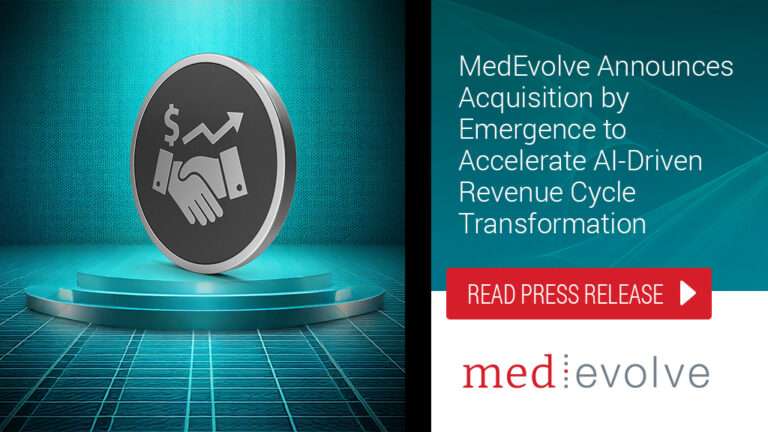Definition and objectives
Patient billing and collection refer to the process of invoicing patients for the services they have received from healthcare providers and collecting payment for those services. It is an important component of the revenue cycle in healthcare.
Key components to patient payment
Generation of Patient Bill
After the healthcare services are rendered, the provider’s billing department generates a patient bill. This bill includes detailed information about the services provided, such as dates of service, itemized charges, applicable medical codes (ICD, CPT), and any other relevant fees or costs.
Explanation of Charges
The patient bill is accompanied by an explanation of charges, which breaks down the costs associated with each service. It helps patients understand the services they received and the corresponding charges.
Insurance Claim Submission
If the patient has insurance coverage, the provider submits a claim to the patient’s insurance company or payer for reimbursement. The insurance claim includes the relevant coding and documentation required for claims processing.
Insurance Explanation of Benefits (EOB)
Once the insurance claim is processed, the insurance company sends an Explanation of Benefits (EOB) statement to the patient and the healthcare provider. The EOB outlines the amounts covered by insurance, any deductibles or co-pays, and any denied or adjusted charges.
Patient Payment Responsibility
After receiving the EOB, the patient is responsible for paying the remaining balance not covered by insurance. This includes deductibles, co-pays, co-insurance, and any services that are excluded or not covered by the insurance plan.
Patient Invoicing
The provider’s billing department generates an invoice or statement for the patient, indicating the remaining balance owed after insurance coverage. The invoice includes the outstanding charges, due dates, and payment instructions.
Patient Communication
The provider’s billing department communicates with the patient to inform them of the outstanding balance and payment options. This communication can be through phone calls, emails, or mailed statements.
Payment Collection
The provider’s billing department collects payments from patients using various methods, such as cash, checks, credit/debit cards, online payment portals, or payment plans. They may also offer payment options, such as installment plans or financial assistance programs, for patients who have difficulty paying the full amount upfront.
Follow-up and Collection Activities
If a patient fails to pay the balance within the specified timeframe, the provider’s billing department engages in follow-up activities. This may include sending reminders, making phone calls, or employing debt collection agencies as a last resort.
It’s important for healthcare providers to have clear billing policies and procedures in place to ensure transparency, accurate invoicing, and timely payment collection. Compliance with healthcare regulations, such as the Health Insurance Portability and Accountability Act (HIPAA), is crucial in handling patient billing and collection information confidentially and securely. Effective patient billing and collection processes help healthcare providers maintain financial stability and continue providing quality care to patients.










